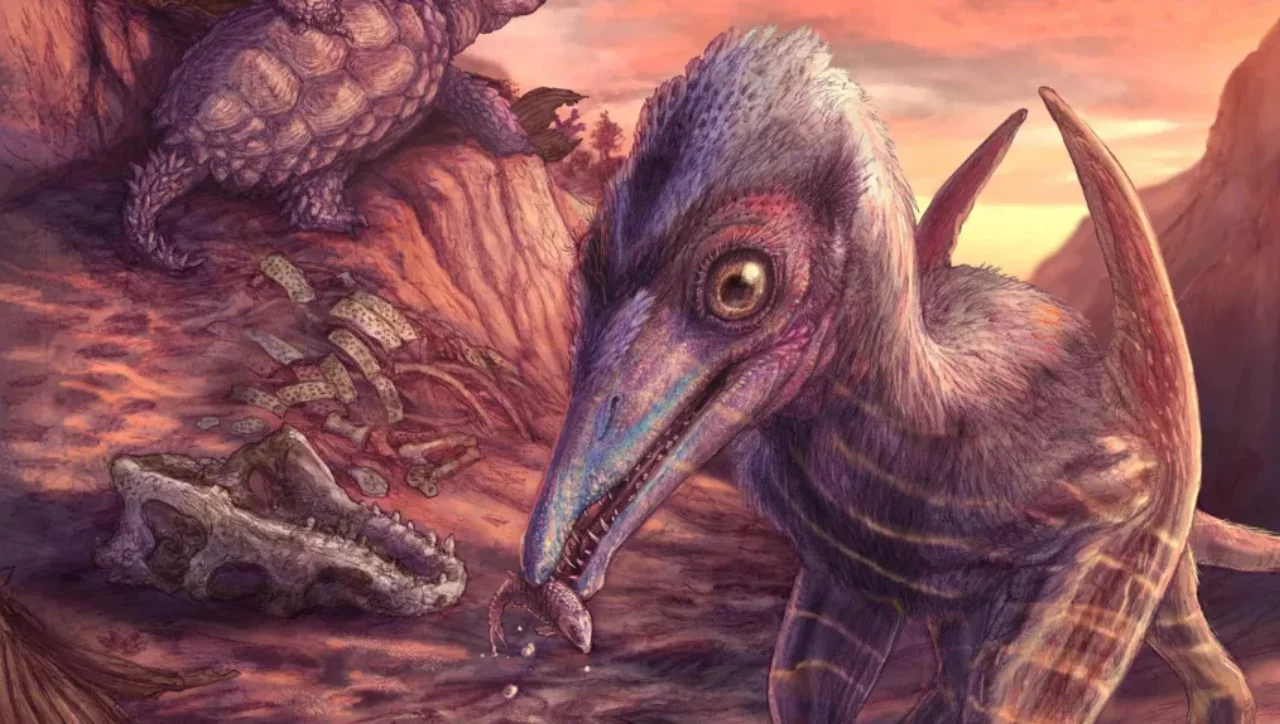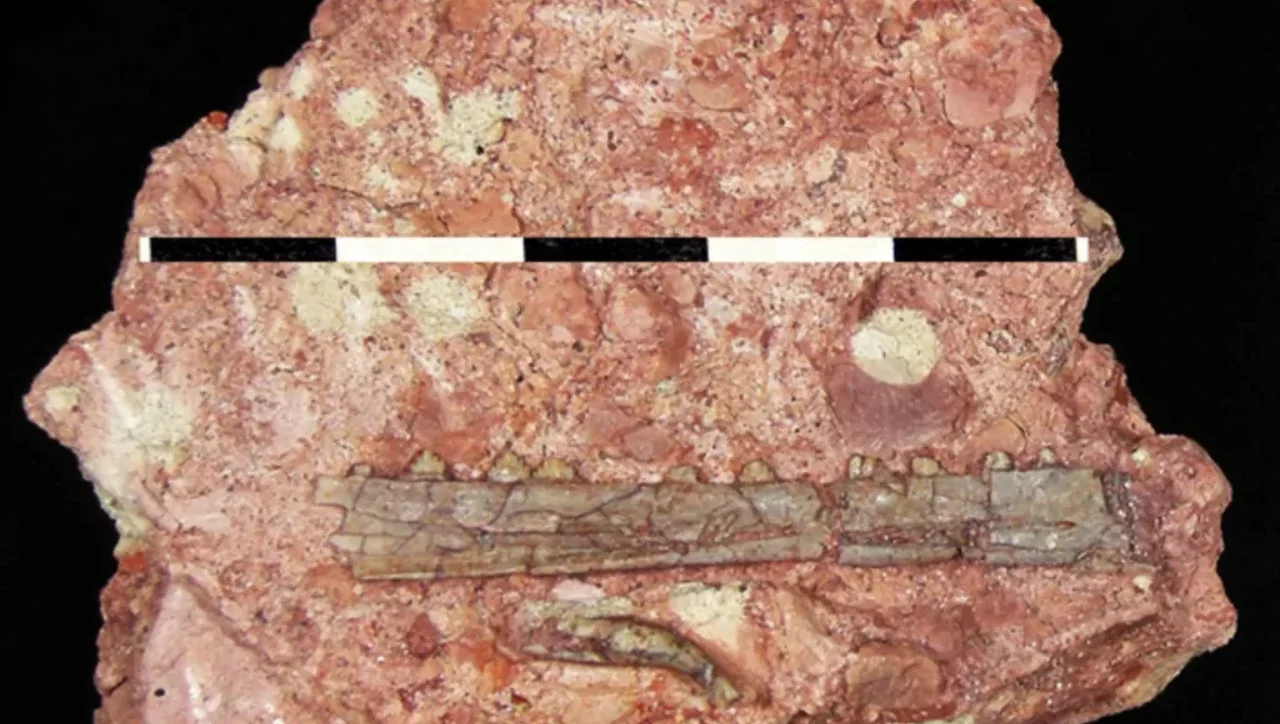
In the state of Arizona, USA, a mysterious and ancient flying creature — a new species of pterosaur that flew over the Earth more than 200 million years ago — has been discovered. Scientists named it Eotephradactylus mcintireae, and this flying reptile is recognized as an entirely new species by the world of science. The scientific article about the new discovery has been published in the Proceedings of the National Academy of Sciences of the U.S. National Academy of Sciences.
The history of the discovery dates back to 2011. In that year, paleontologists in the territory of the Petrified Forest National Park in Arizona found the jawbone of an ancient animal in its natural deposit. However, modern 3D scanning technologies allowed the bones to be fully studied and revealed that this flying reptile was a species new to science.
The new pterosaur species was named Eotephradactylus mcintireae, meaning “divine creature with wings at dawn cloaked in volcanic ash”. This name references that the bones were preserved thanks to volcanic ash.
This discovery marks a major turning point in paleontology: it is the oldest pterosaur found in North America. It lived approximately 209 million years ago, during the Triassic period. Dr. Kligman notes that Triassic pterosaur bones are very thin, often hollow, and most are destroyed before fossilization.
The jawbone was discovered along with several other finds — fish scales, animal bones, and even fossilized feces (coprolites). This provides extensive information about the ecosystem of the region, the animals living at that time, and their interactions.
Dr. Kligman explains the significance of the finding: “This discovery reflects an important stage in the evolution of pterosaurs. At their time, giant amphibians, ancient armored relatives of crocodiles, and ancestors of today’s frogs and turtles lived together.”
In addition, analysis of the jawbone's teeth helped determine the diet of Eotephradactylus mcintireae. Significant wear at the tips of the teeth suggests that this pterosaur was feeding on hard-bodied creatures — likely ancient armored fish.
Paleontologists, through this finding, gain the opportunity to study the evolutionary “transition period” of various animals during the Triassic. This is not only the discovery of a new species but also enriches our knowledge of biological diversity, environmental changes, and extinct species in Earth’s ancient history.

It turned out that this new species — Eotephradactylus mcintireae — had a body structure similar to modern birds. Its wings were adapted for flapping flight, and it was about the size of a seabird — a gull. Such small pterosaurs occupied the aerial environment of that time and lived differently from many other creatures.
In conclusion, the discovery of this new pterosaur species not only has historic significance but also increases the likelihood that even more mysterious creatures will be discovered in the future. The scientific community and naturalists are anticipating further amazing and astonishing discoveries ahead. Read “Zamin” on Telegram!
Ctrl
Enter
Found a mistake?
Select the phrase and press Ctrl+Enter Related news
Information
Users of Меҳмон are not allowed to comment this publication.
Users of Меҳмон are not allowed to comment this publication.














